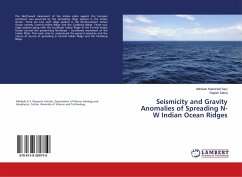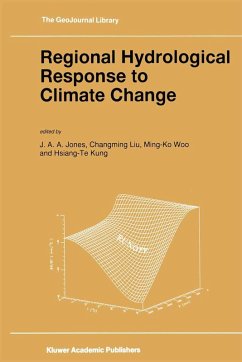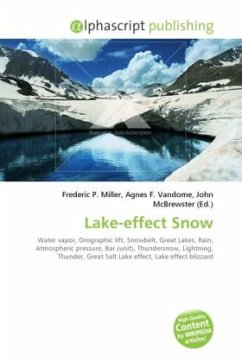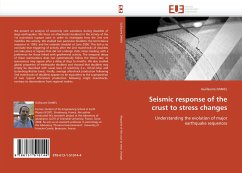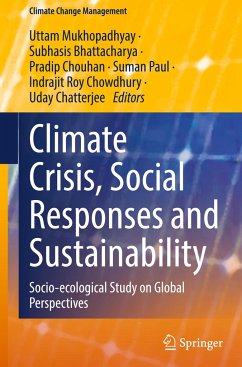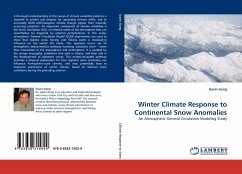
Winter Climate Response to Continental Snow Anomalies
An Atmospheric General Circulation Modeling Study
Versandkostenfrei!
Versandfertig in 6-10 Tagen
39,99 €
inkl. MwSt.

PAYBACK Punkte
20 °P sammeln!
A thorough understanding of the causes of climate variability patterns is required to predict and prepare for upcoming climatic shifts, and to accurately distill anthropogenic climate change signals from naturally occurring variations. An important component of climate variability is the Arctic Oscillation (AO), an internal mode of the atmosphere that can nevertheless be triggered by external perturbations. In this study, atmospheric General Circulation Model (GCM) experiments are used to show that realistic snow forcing over Siberia exerts a modulating influence on the winter AO mode. This re...
A thorough understanding of the causes of climate variability patterns is required to predict and prepare for upcoming climatic shifts, and to accurately distill anthropogenic climate change signals from naturally occurring variations. An important component of climate variability is the Arctic Oscillation (AO), an internal mode of the atmosphere that can nevertheless be triggered by external perturbations. In this study, atmospheric General Circulation Model (GCM) experiments are used to show that realistic snow forcing over Siberia exerts a modulating influence on the winter AO mode. This response occurs via an atmospheric teleconnection pathway involving stationary wave mean flow interactions in the troposphere and stratosphere. It is enabled by the unique orographic conditions that exist in Siberia, and their role in the development of planetary waves. This model-simulated pathway provides a physical explanation for how regional snow anomalies can influence hemispheric-scale climate, and may potentially lead to improved predictions of winter climate, based on Siberian snow conditions during the preceding autumn.





